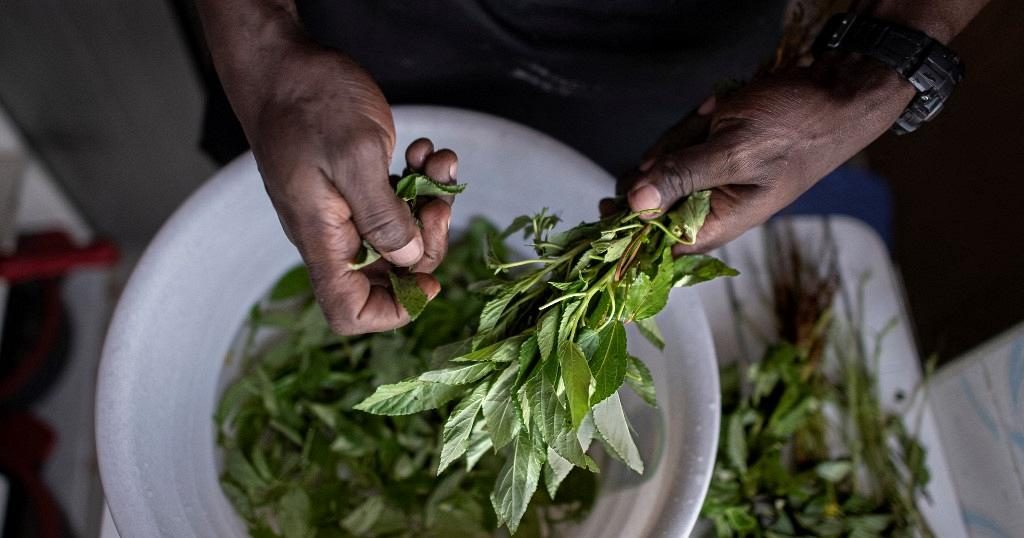Culinary Revival: Indigenous Greens Gaining Popularity in Kenya
In an intriguing turn of events in Kenya, indigenous greens, often referred to as ‘weeds,’ are becoming increasingly popular in local cuisine, despite a notable ban on the exchange and sale of seeds among farmers. These often-overlooked plants are not only adapting well to Kenyan culinary preferences but are also emerging as nutritional powerhouses in the region’s diet.
The Impact of Seed Exchange Regulations
The Kenyan government has implemented restrictions that prevent farmers from swapping or selling seeds for various crops, including many indigenous varieties. Despite these regulations, the popularity of these native greens has soared among local communities. Many Kenyans have rediscovered the rich flavors and health benefits tied to these ‘weeds.’
A New Culinary Trend
Local chefs and food enthusiasts are initiating a culinary revival that embraces these indigenous greens. With traditional knowledge being passed down through generations, individuals are transforming these once-disregarded plants into sought-after delicacies.
Among the most popular varieties being used in kitchens across Kenya are:
- Amaranth – Known for its vibrant colors and nutritional value.
- Spider plant – High in vitamins and minerals, often used in stews and salads.
- Jute leaves – Gaining fame for their health benefits and rich flavor.
Community Empowerment
The resurgence of interest in indigenous greens has sparked a sense of community empowerment, fueling discussions about sustainable farming practices and food security. As local cooks advocate for their inclusion in the diet, these greens provide a sustainable food alternative that can thrive without excessive input or environmental strain.
The Future of Indigenous Cuisine
In an era of globalization, the renewed focus on local culinary traditions highlights the importance of heritage and biodiversity. As consumers increasingly seek authentic experiences and healthier options, indigenous greens present a unique solution.
Table: Nutritional Benefits of Indigenous Greens
| Indigenous Green | Nutritional Benefits |
|---|---|
| Amaranth | Rich in protein, fiber, and vitamins A, C, and K. |
| Spider Plant | High in calcium, iron, and antioxidants. |
| Jute Leaves | Contains essential vitamins, fiber, and promotes digestive health. |
Conclusion
The culinary renaissance surrounding Kenya’s indigenous greens stands as a testament to the nation’s vibrant agricultural heritage and the unwavering desire to promote sustainable eating practices. As more people embrace these culinary gems, the road to a healthier future anchored in tradition is becoming clearer.


